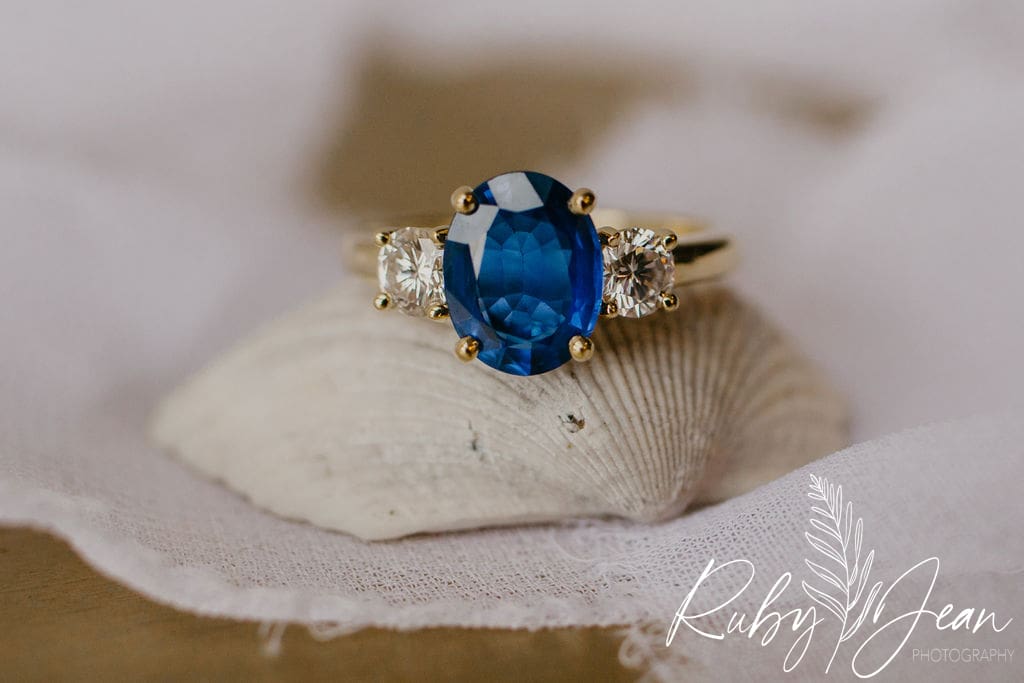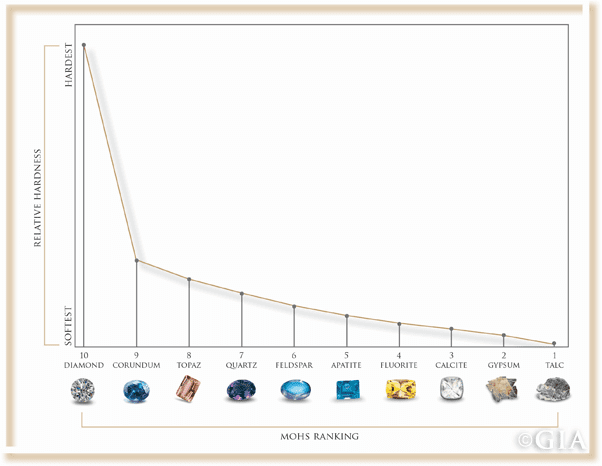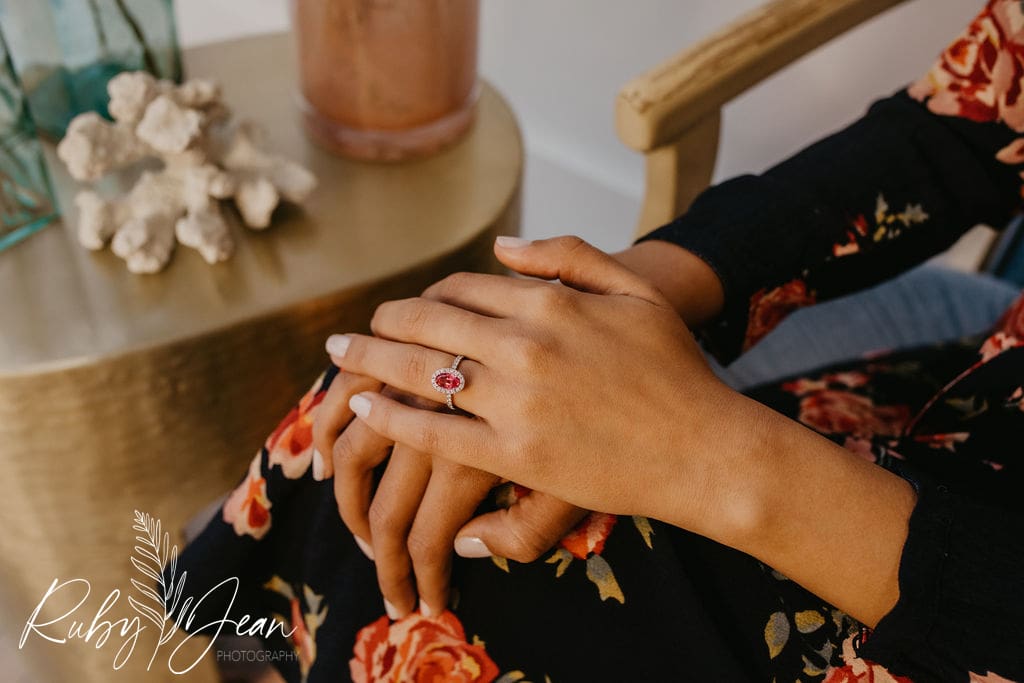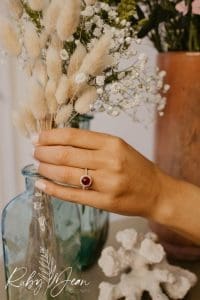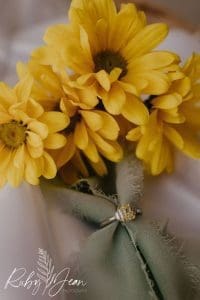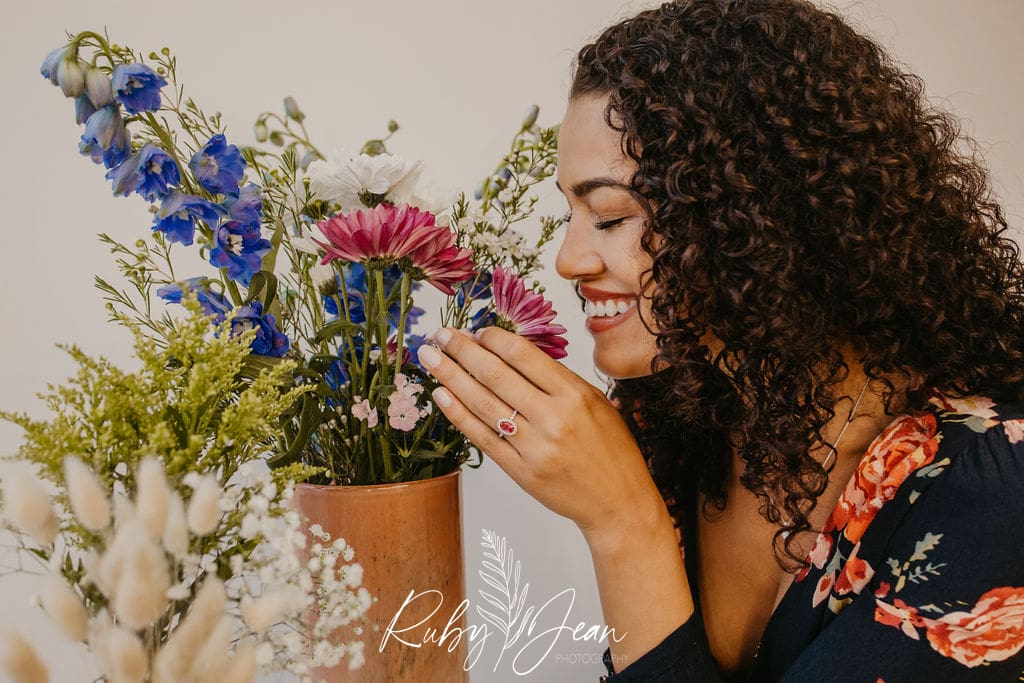

Alternative Engagement Rings

What if traditional isn’t for you? Part 2 of Our Engagement Ring Series with Ruby Jean Photography
We hope you discovered and enjoyed our first collaboration blog with Ruby Jean Photography, helping to ease some of the concerns around the engagement ring process. But maybe you were left with other questions like, “Diamonds aren’t the answer. What do I do?” We have helped with that vision many times and have again collaborated with Ruby Jean, to provide an education about how an “alternative” engagement ring could work for you!
We are BACK, with part two of the engagement ring series. Today’s blog is all about alternative engagement rings. A diamond ring is what we see most often when it comes to engaged couples, but what if diamonds aren’t your thing? What if the standard cuts and shapes don’t feel like you? What if you want something unique, and different? Well keep reading! Once again, I have one of Brown Goldsmith’s jewelry designers, Julia Ballaron, here to answer ALL of the questions you never thought you needed to know the answers to, about alternative engagement rings.
Pictured: Pink Oval Diamond Halo – available in store.
WHAT MAKES AN ALTERNATIVE ENGAGEMENT RING?
When you think of an engagement ring, there is probably an image that pops into your head. It’s most likely of a white or gold ring with a big sparkling rock at the top, right? That kind of engagement ring has been popular since we began exchanging engagement rings, but it isn’t the only option when considering your ring. Today, the options are limitless with what an engagement ring could be. But with all the choices out there, understanding the pros and cons of different kinds of rings is paramount to making a smart purchase. Here at Brown Goldsmiths, we try to be sure to understand our customers, their style preferences, lifestyle, and budget before steering them towards a particular ring or gemstone.
When considering what an alternative engagement ring looks like, it could be anything from having a center gemstone other than diamond, to being a simple band with many small diamonds scattered in the ring, and anything in between. The theme that unites them all is their rejection of the traditional image in favor of new styles, new materials, and new and alternative gemstones.
Pictured: Three Stone Sapphire Ring – available in store.
WHY ARE DIAMONDS TYPICALLY THE GO-TO CHOICE?
In our first blog post, we talked about the process of buying an engagement ring. In that post, we talked about why diamond is the “default” choice when it comes to engagement rings. A large part of that is due to diamond’s hardness, which is measured on the Mohs Hardness Scale.
It’s important to note that the ‘steps’ on the scale are not equal; the difference between an 8 and a 9 is not the same as from a 9 to a 10. Because diamonds top the scale, in addition to their (usually) colorless sparkle and ease of maintenance and repair, they are the most popular choice for many couples getting engaged. Of engagement rings with diamonds at their center, the round brilliant is by far the most popular and most widely available option. The round brilliant cut was developed by Marcel Tolkowsky in 1919, and was fashioned to maximize the brilliance and fire inherent to a diamond, which is done through cutting 58 facets and adhering to specific proportions.
There are countless diamond shapes and cuts available for engagement rings, which can include but are not limited to Oval, Emerald, Asscher, Cushion, Radiant, Princess, Old Mine, Rose, and many many more. For more options and information about each cut, click here.
Pictured: Natural Fancy Yellow Diamond Engagement Ring
SO, WHAT IF I DON’T WANT A DIAMOND?
Although diamonds are the most prevalent choice for engagement rings, there are a plethora of other gemstones suitable for daily wear. However, you should keep in mind that there are many gemstones that we would not recommend for such wear, but are still being sold as engagement rings to the public.
Any ring can be an engagement ring. Therefore, it’s important to consider your lifestyle and expectations for the ring before committing to a particular gemstone. Most people want to wear their engagement ring all day, every day, and with that kind of daily wear and tear, most gemstones simply will not look as good as the day you purchased them for long. Knowing which gems are conducive to daily wear, and which require more care is important before making a purchase as large as that of an engagement ring. That’s not to say you can’t buy a softer, less durable gem for an engagement ring. It just means you should consider ring maintenance in the future, in addition to the beauty and condition of the ring when you first see it in the showcase.
HARDNESS, TOUGHNESS, AND STABILITY
Considering the durability of a gemstone is paramount to making a smart purchase. We’ve already touched on the Mohs Hardness Scale for determining how well a gemstone will hold up to wear, but it is only one factor among many. When evaluating a gemstone’s durability, experts take into account three factors: hardness (that’s the Mohs Scale), toughness, and stability.
Hardness is a way to measure a gem’s resistance to scratches and abrasions, while toughness measures resistance to breaking and chipping. According to GIA (Gemological Institute of America), “the way the atoms of a gem bond together and the strength of these bonds determine a gemstone’s toughness. Even though diamonds are considered tough, they can break more easily in certain directions, and a hard blow can cleave or fracture the gem. Diamonds with extremely thin girdles and ones with exposed points like those cut as pears and marquises are susceptible to breakage or chipping.” That means that although diamonds are the hardest material, if you impact them at the right angle with enough force, you could chip or break a diamond, which happens pretty often. In comparison, a sapphire might become abraded more quickly than a diamond, but it’s less likely to see large chips or fractures occur with wear.
Lastly, stability refers to a gem’s resistance to chemicals, heat, humidity and light. For example, opals and other porous gemstones are more susceptible to chemicals and harsh environments, and over time can lose their color and brilliance if not protected from such exposure. We always tell people to take their rings off while showering or using any products with chemicals, but this is especially important with soft gemstones and especially pearls. Products we use every day, like cleaning solutions, chlorine, hair spray, and a laundry list of other items can cause severe damage to gems. We like to tell people to put their rings on last after getting ready, and to take them off while sleeping and doing chores or cleaning.
Emeralds are known for their inclusions, and are often treated in some way to lessen the look of these fractures. These treatments are an industry standard, so most emeralds you encounter in fine jewelry will have gone through this process. Light and chemicals can cause the oils, resins, and polymers used to fill surface-reaching fractures to alter in appearance or deteriorate. In addition, heat can damage emeralds, especially by extending existing fractures.
Pictured: Pink Oval Diamond Halo – available in store.
WHAT ELSE SHOULD I KNOW ABOUT LESS DURABLE GEMSTONES?
When considering a softer gemstone, it is important to consider the setting and mounting. If something happens to the gemstone, like chipping or fracture, is it easy to unset, remove, and replace? Or will the kind of setting make this process costly? This comes into play with gems like Amethyst, Peridot, Opal, Moonstone, and other soft gems. If set into prongs, pulling up the prongs and replacing the gemstone will take less time and cost less (typically) than if the gem was set in a bezel or semi-bezel.
Another option for considering softer gemstones is to choose a mounting (or setting) that is designed to provide some protection to the gem, like a bezel setting, or many prongs that surround the center. If you can design a ring that looks beautiful and makes it more likely to hit metal rather than the gem itself, success! You will be helping to protect the gem while keeping it looking its best for as long as possible. One of the most vulnerable places on a faceted gemstone is it’s girdle, or the widest, thinnest part of the gem (see image), especially at points (if there are any). Most chips or fractures occur here on a faceted gemstone, so taking steps to protect those vulnerable areas will help with the longevity of your gem.
Three Stone Sapphire Ring: available in store | Sapphire and Diamond Halo ring: available in store
DOES THE LOCATION AT WHICH I BUY THE RING COME INTO PLAY?
When considering who to buy an alternative engagement ring from, consider the jewelry store’s affiliations. Many top quality jewelry stores are members of industry associations, which have their own member requirements and standards. For example, Brown Goldsmiths is a member of AGS and AGTA, to name a few. What are those?
AGS: The American Gem Society is dedicated to consumer protection. Founded in 1934 by a small group of leading jewelers, they are dedicated to protecting the jewelry-buying public from fraud and false advertising. Only one in twenty jewelers meets the exacting criteria necessary for membership.
AGTA: The American Gemstone Trade Association members believe in more than just selling the world’s highest quality gemstones and cultured pearls. They share a mine-to-market mentality—the belief that the gem trade should be as transparent and ethical as possible. In 1984, the AGTA and its members developed the industry’s strictest and most comprehensive Code of Ethics and Fair Business Practices. Every year since then, the AGTA and its members annually commit to leading the industry in standards of disclosure, transparency, and ethical practices. The requirements for membership are stricter than the minimum requirements from the Federal Trade Commission, so you know when shopping with an AGTA member that
Never be shy to ask your jeweler or sales associate clarifying questions about a piece of jewelry or a specific gemstone, or about a jewelry store’s practices and associations. A good jeweler will be happy to see you so informed about the process and should be willing to discuss these topics to build your trust and develop a relationship. Being an educated consumer not only helps you make sure you’re getting what you want from a jewelry store, but also helps with your confidence in a significant purchase like an engagement ring (or any other fine jewelry purchase).
Pictured: Faux suspension set Diamond Ring: available in store.
IF I DON’T WANT A TRADITIONAL “COLORLESS” DIAMOND, WHAT ARE YOUR TOP SUGGESTIONS FOR AN ALTERNATIVE GEMSTONE?
Diamonds come in a variety of colors, some naturally occurring, some assisted by man, so that is always an option. When looking for color, we love to turn people to sapphire. Many believe that sapphire only comes in a deep blue color, but sapphires can be found in almost every color of the rainbow. From bright pink to yellow, light blue to purple, and others in between, You can probably find a sapphire in your dream color. Ruby, from the same mineral family as sapphire, is also a great option. What sets a ruby apart from sapphire is the kind of red hues ruby is known for. Sometimes referred to as Pigeon Blood, this is the true red color you look for in a good ruby. Another up and coming gemstone is Spinel, which has gained in popularity quickly over the past few years. It can be found in pink, purple, and even grey. No matter what kind of engagement ring you’re searching for, our staff at Brown Goldsmiths strives to provide top-notch customer service, stay up to date on current jewelry trends and jewelry and gemology education, and ensure you have the best jewelry buying experience possible. If you have any additional questions about engagement rings, or fine jewelry in general, don’t hesitate to reach out. We love answering questions and educating the public about our passion, jewelry!
Pictured: Ruby Cabochon Halo Ring – Pictured: Fancy Natural Yellow Diamond Ring



